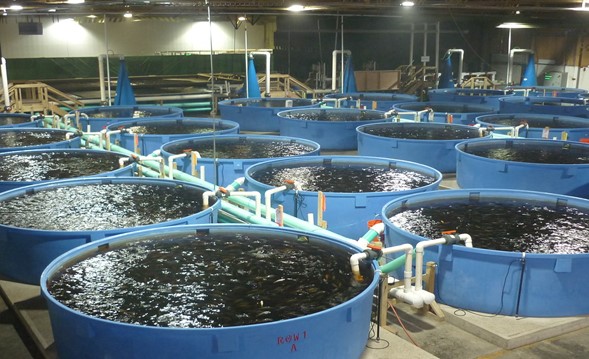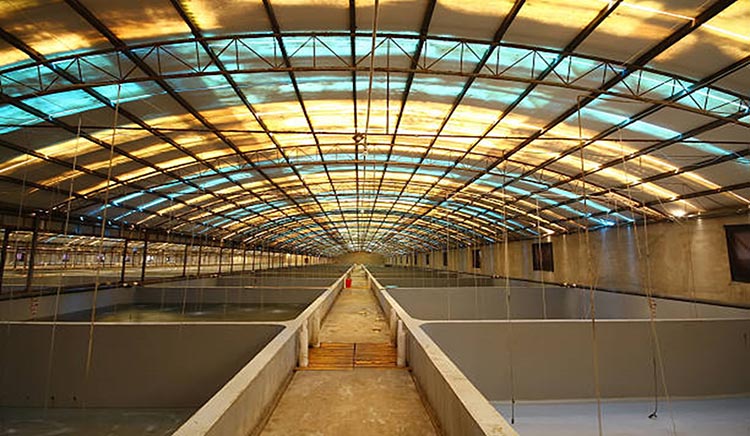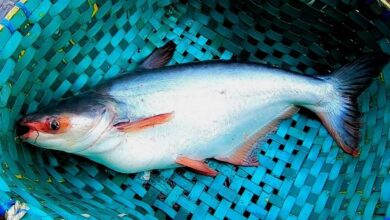
China is one of the country who consumes the most seafood in the world and imports the most. The country consumes 45% of the world’s seafood or 65 million tons out of 144 million tons. It is followed by the European Union with 13 million tons, Japan with 7.4 million tons, the United States with 7.1 million tons, and India with 4.8 million tons.
The booming Chinese seafood sector provides enormous prospects for international seafood producers. Growing Chinese consumer demand and limited domestic production and fishing in Chinese seas have resulted in a rise in Chinese seafood imports year after year.
According to official Chinese data, seafood consumption is not evenly distributed throughout China. Consumption is strong along the eastern coasts such as Fujian, Hainan, and Shanghai where per capita seafood intake reaches 25 kg in regions. However, consumption is low on inland areas due to a lack of refrigeration for transportation.
As the demand for fresh fish in suburban China grows, some inland towns have seized the opportunity by establishing seafood farms in urban regions rather than conventional coastal areas. The trend might have profound implications for the development of the seafood industry. Several factors drive this effort.
One main reason is that fresh shrimp are difficult to get in inland city seafood markets in the afternoon.
Zhou Mi, a seafood store owner in Wuhan, said that “This seafood is brought from coastal areas such as Guangdong and Hainan. It takes considerable time to deliver. They will only remain alive here for a short period.”
“By the time shrimp arrive at the market, they have often journeyed thousands of kilometers, and seafood distributors must deal with them in less than a half-day. Unlike fish or shellfish, which may remain in a tank for at least two days, seafood store operators must take greater risks when stocking shrimp,” he added.

Chen Qi, a Seafood Seller, said: “We don’t keep these shrimp till late in the afternoon since they rapidly die. Otherwise, we are going to suffer financial losses.”
“If the seafood can be grown locally, the cost will be lower. It would be fantastic if everyone could eat shrimp on a daily basis, just as they can eat vegetables.” he added.
Chen Zhiguo, Wuhan Ocean Star Co., Ltd.’s deputy manager, said: ” We can grow shrimp here all year. Furthermore, by utilizing extra power from the local plant, we may drastically cut our operational expenses while increasing our earnings.”
“With local government funding, this type of seafood farming will become more popular in the next years. On the other hand, merchants can bring fresh fish closer to customers,” he added.
Cao Guangfa, a shrimp breeding technician of Wuhan Ocean Star Co., Ltd, said: “The shrimp require a temperature range of 26 to 29 degrees for optimal growth. Saltwater is brought in from coastal regions like Shandong and Shanghai. The farm automates production using feeding equipment and algorithms. This is the largest factory in China‘s southeast area.”
“The shrimp seeds were just two millimeters long when they came to the farm. They are now as large as my hand after being reared here for two months, and you will find them at those seafood stores and on your dinner table in less than a week,” he added.
According to the authority, some larger and more diversified indoor fish farms are in construction, which means that several varieties of locally farmed seafood may soon be delivered to the door on the same day.
Inland Seafood is devoted to providing consumers with a constant supply of high-quality food that is transparent, traceable, sourced from well-managed farms and fisheries, and produced and harvested responsibly. Therefore, it is hoped that this type of farms may help reduce the environmental impact of traditional ocean-based aquaculture practices.
Jaber Bin Abdul Bari
Department of Oceanography, NSTU




